Space Un celebrates contemporary African art, community and connection in Japan
Space Un, a new art venue by Edna Dumas, dedicated to contemporary African art, opens in Tokyo, Japan
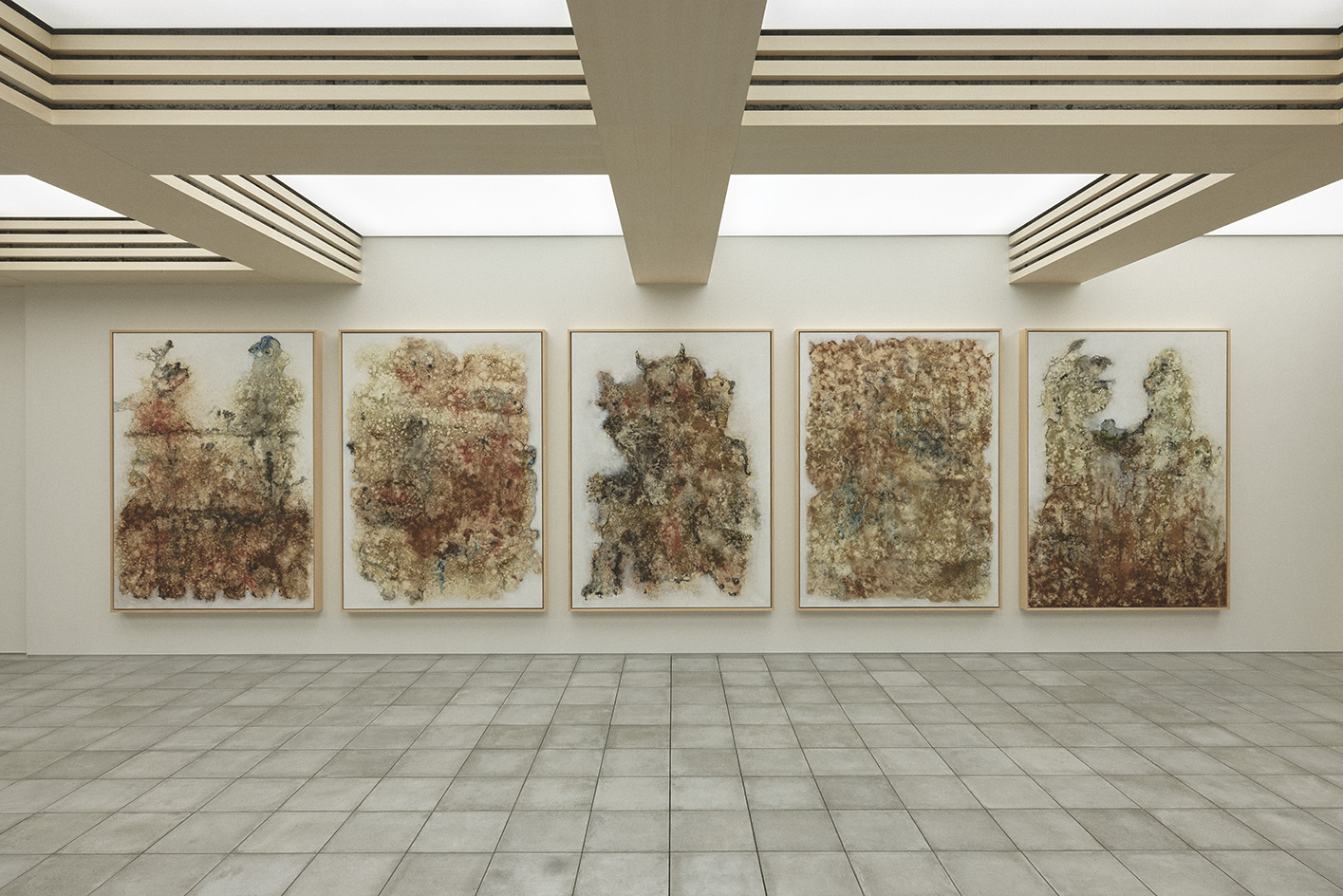
Space Un embodies the French-Cameroonian roots of its creator, collector Edna Dumas; her experience as a contemporary African art collector; and her insights from living long-term in Japan. The newly launched creative hub in the heart of Tokyo was co-founded by actor and artist Yuta Nakano and entrepreneur Lothar Eckstein, and it was designed by architect Go Hasegawa.
Dumas explains: 'It's a space to bring people together. “Un” means one in French, but also explores themes of unity.' Inaugurated with work by Senegalese artist Aliou Diack, Space Un juxtaposes Senegalese artworks with Japanese material contexts, facilitating conversations on the intercontinental, cultural exchange between Africa and Asia.
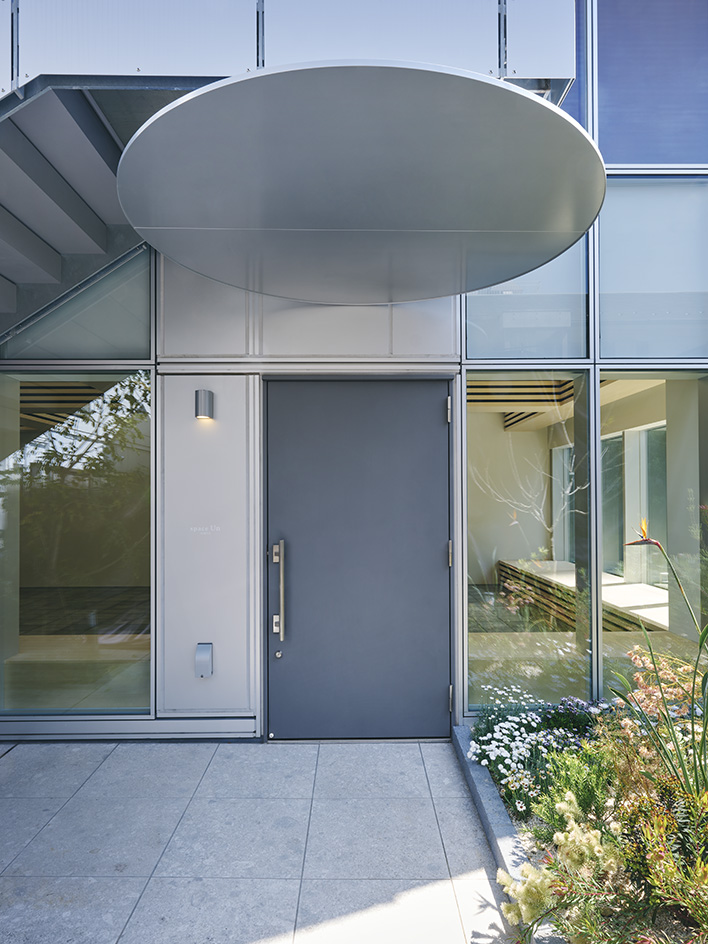
Space Un: Tokyo art scene’s newcomer dedicated to contemporary African art
Space Un is located in Tokyo's Aoyama, between the cultural and commercial hubs of Roppongi and Shibuya. Strategically positioned in this bustling area, Space Un aims to attract as many potential collectors, art enthusiasts and new audiences as possible.
Dumas says: 'Contemporary African art is sadly under-represented in this part of the world.' Through Space Un’s wider programming, she aims to challenge preconceptions and stereotypes of contemporary African art in Japan and beyond.
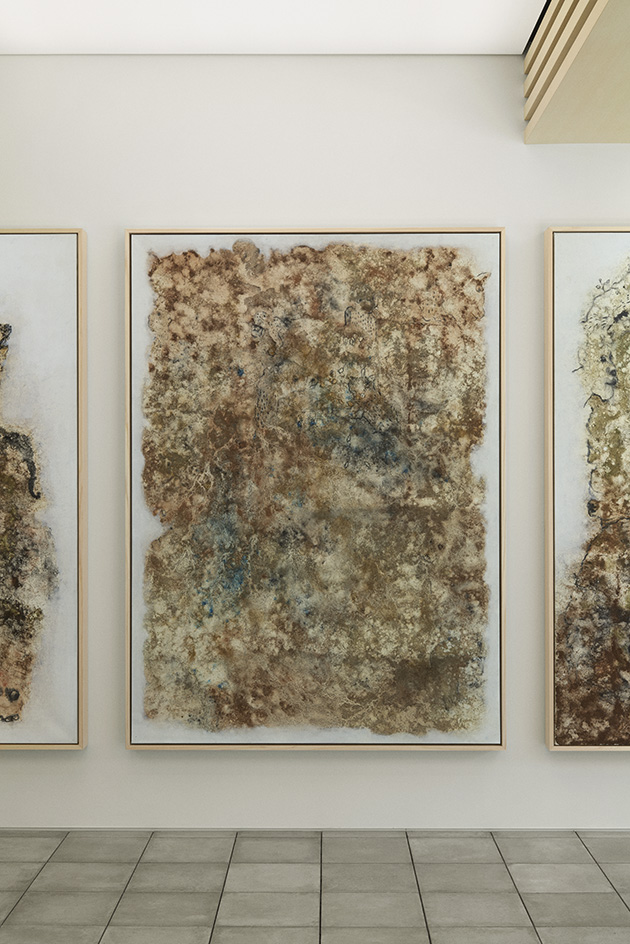
The project's architect was keen for his design to address Space Un as a fundamental space for communication, beyond the stereotypical image of an art gallery. To that effect, the venue’s wide, street-side glass window is lined with an L-shaped bench that encourages visitors to stay, enjoy the café and continue to engage with the space.
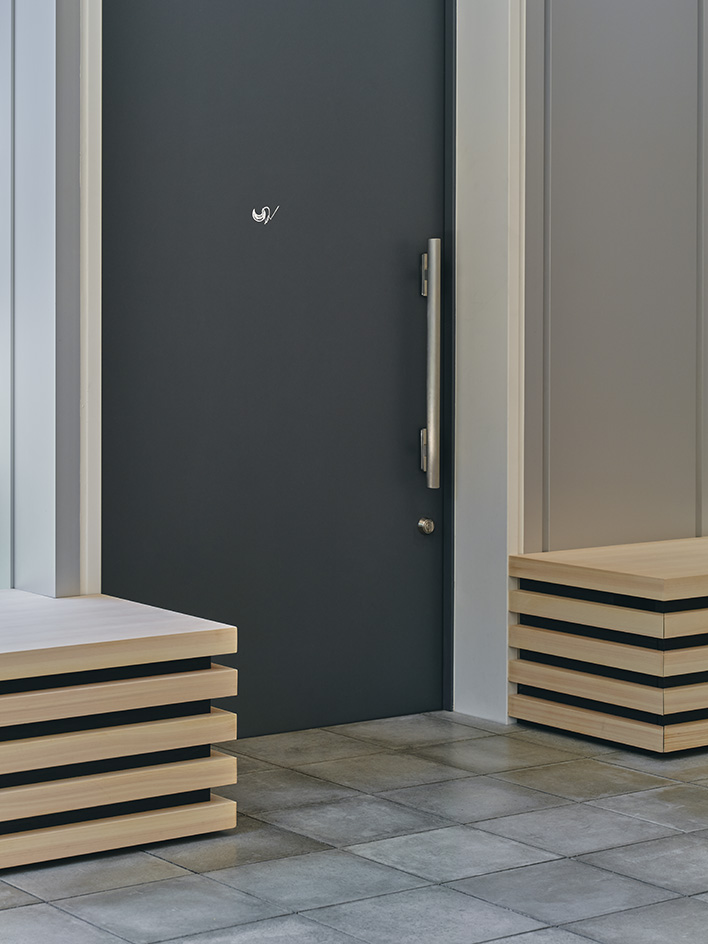
'We made the bench with Japanese cypress from Yoshino, a very precious, premium wood, often used for important shrines in Japan,' Hasegawa continues. He paired it with sourced tables from Cameroon, Togo and Nigeria: 'It's a meeting between the Japanese bench and the West African table.'
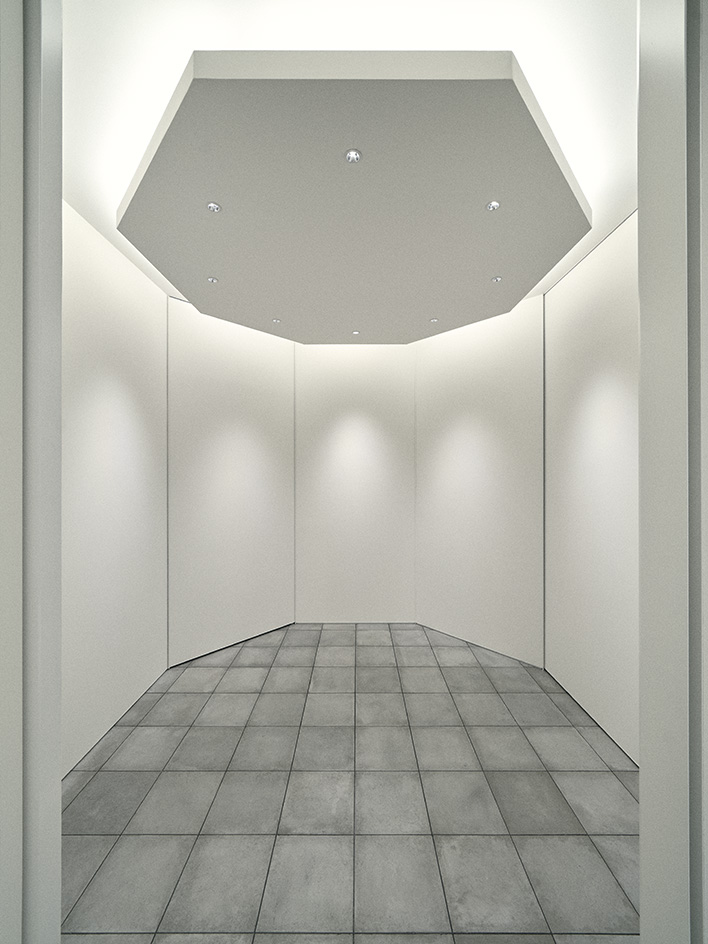
Inside, Hasegawa designed a bespoke frame structure for the ceiling, to conceal pre-existing steel beams. There were two more reasons behind this gesture. The first was to create a space for storing equipment for future shows, and the second was his intention to celebrate the shoji; the room partition devices used in traditional Japanese architecture, typically made of paper and lattice frames of cypress wood.
Wallpaper* Newsletter
Receive our daily digest of inspiration, escapism and design stories from around the world direct to your inbox.
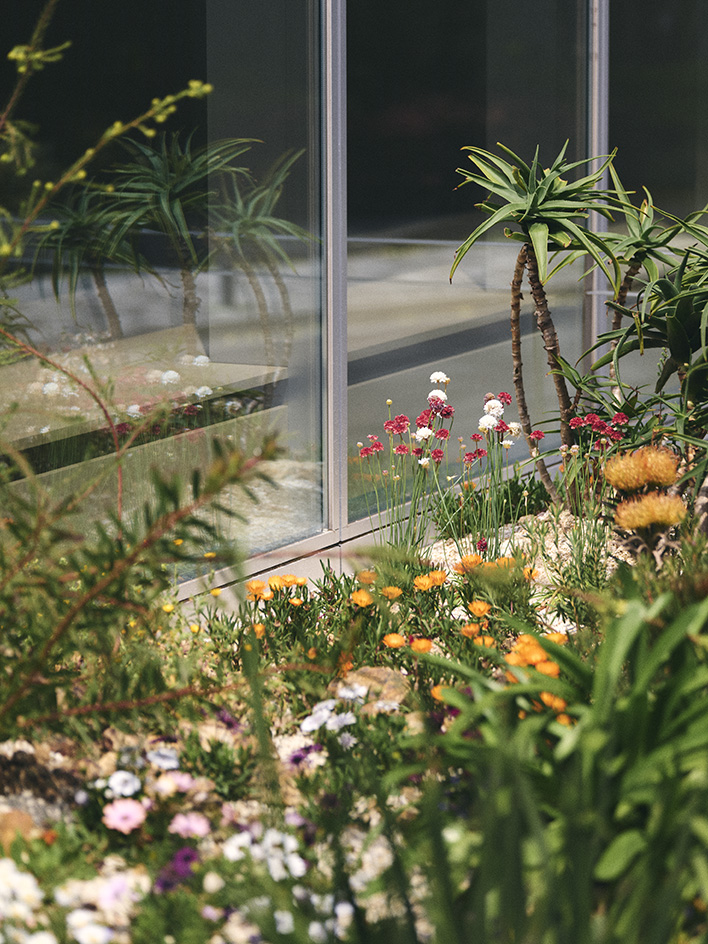
The gallery's design extends outside, to the landscaping of a small garden, which features indigenous African plants. Hasegawa flags that it already stops passersby in their tracks: 'Even for the people who do not enter, the garden acts as a second gallery for this space.'
'Art for me is this universal language,’ says Dumas. ‘You can be Japanese, or Senegalese, but when you are in front of art, sculpture, or performance, it speaks to you. This is what I want the audience to feel like when they come to that space. To say, ”I understand, I feel at home”,’ says Dumas.
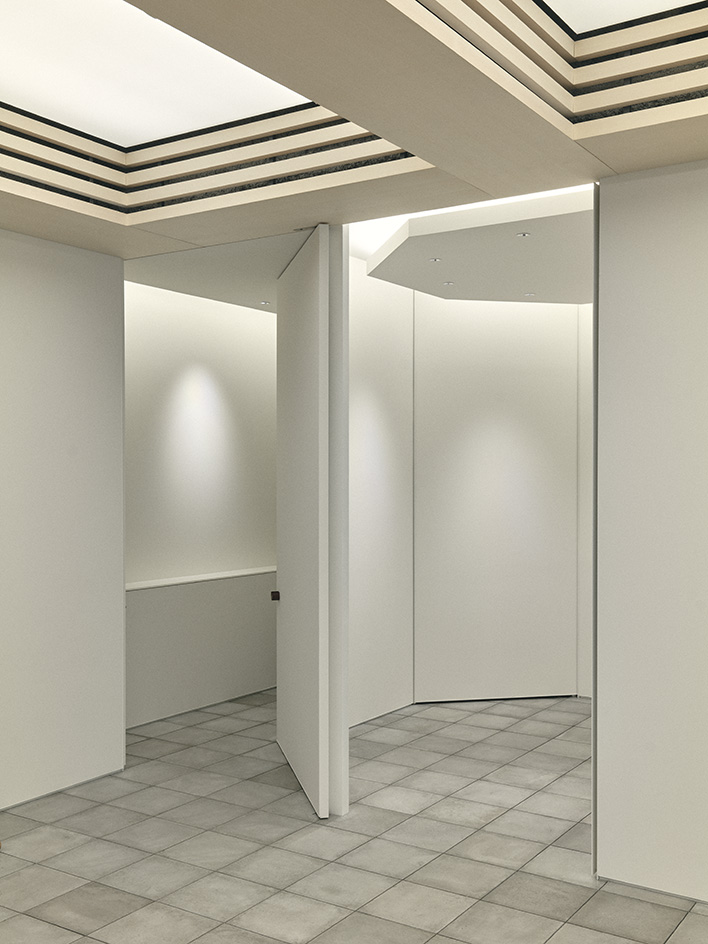
Launched alongside the physical gallery, the Space Un Residency Program invites contemporary African artists to visit Japan and produce work from Hasegawa’s Yoshino Cedar House, originally constructed in 2017 as part of Airbnb’s House Visions project. Artist Aliou Diack has already spent a month there producing work for the current exhibition at Space Un. Hasegawa explains that 'there is already a lot of communication between the African artists and Yoshino rural people - they made the frames for Diack’s artworks'.
Dumas says: 'I would love the Japanese audience to be taken by contemporary African art – to have the experience of seeing something other than what they have been accustomed to [...] I think the space will bring something new thematically and hopefully, they will embrace diversity and find something in common.'
Nana Ama Owusu-Ansah is a writer and photographer from London. She first wrote for Wallpaper* in 2021, in a series on the new vanguard of African designers practising in Africa and its diaspora. She is drawn to projects centring on decolonial approaches to art, architecture, as well as community and sustainability. Nana Ama read Economics and Spanish at University of St Andrews, and, as an avid linguist, is passionate about using accessible language to invite new audiences to engage in design discourse.
-
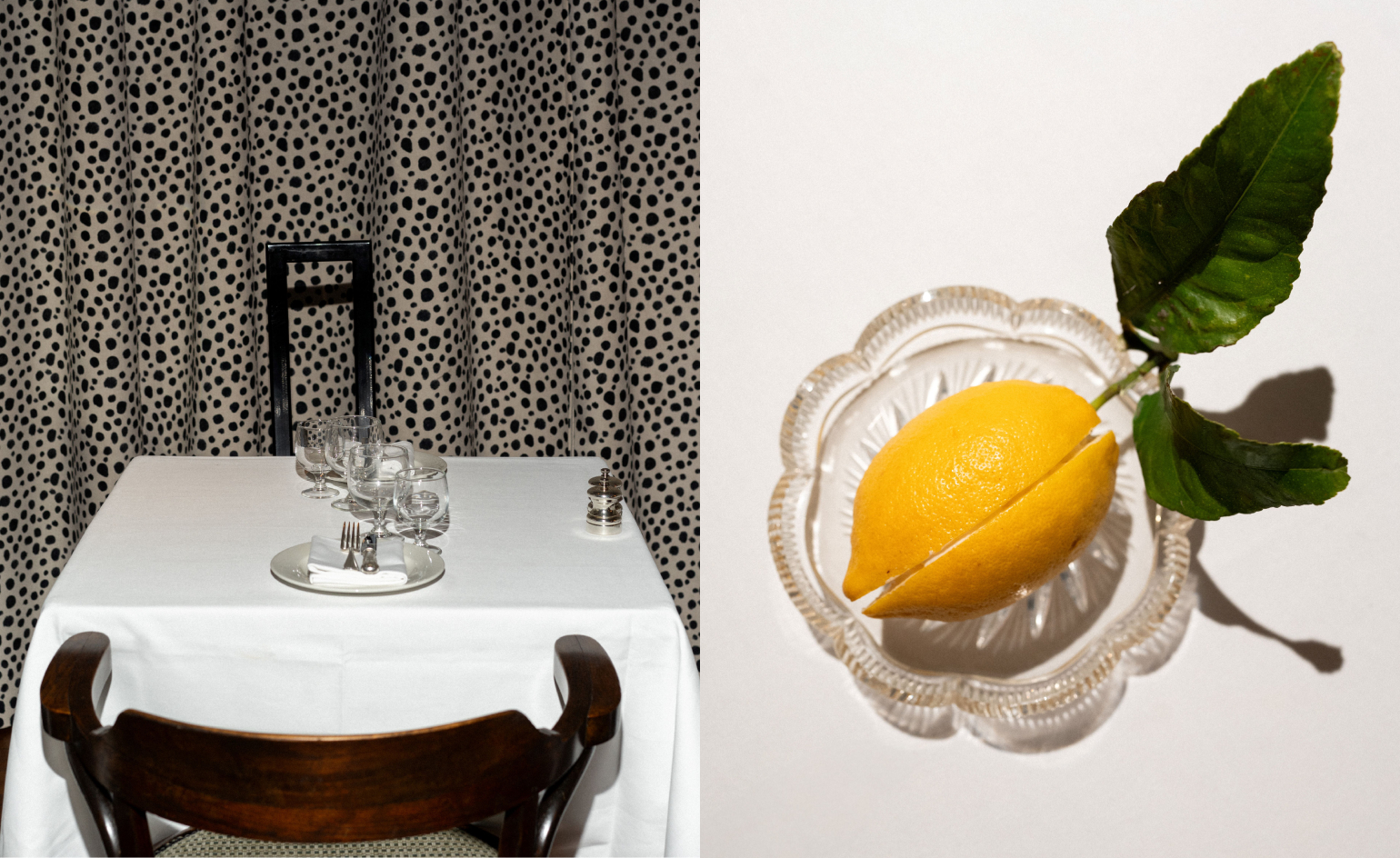 Marylebone restaurant Nina turns up the volume on Italian dining
Marylebone restaurant Nina turns up the volume on Italian diningAt Nina, don’t expect a view of the Amalfi Coast. Do expect pasta, leopard print and industrial chic
By Sofia de la Cruz
-
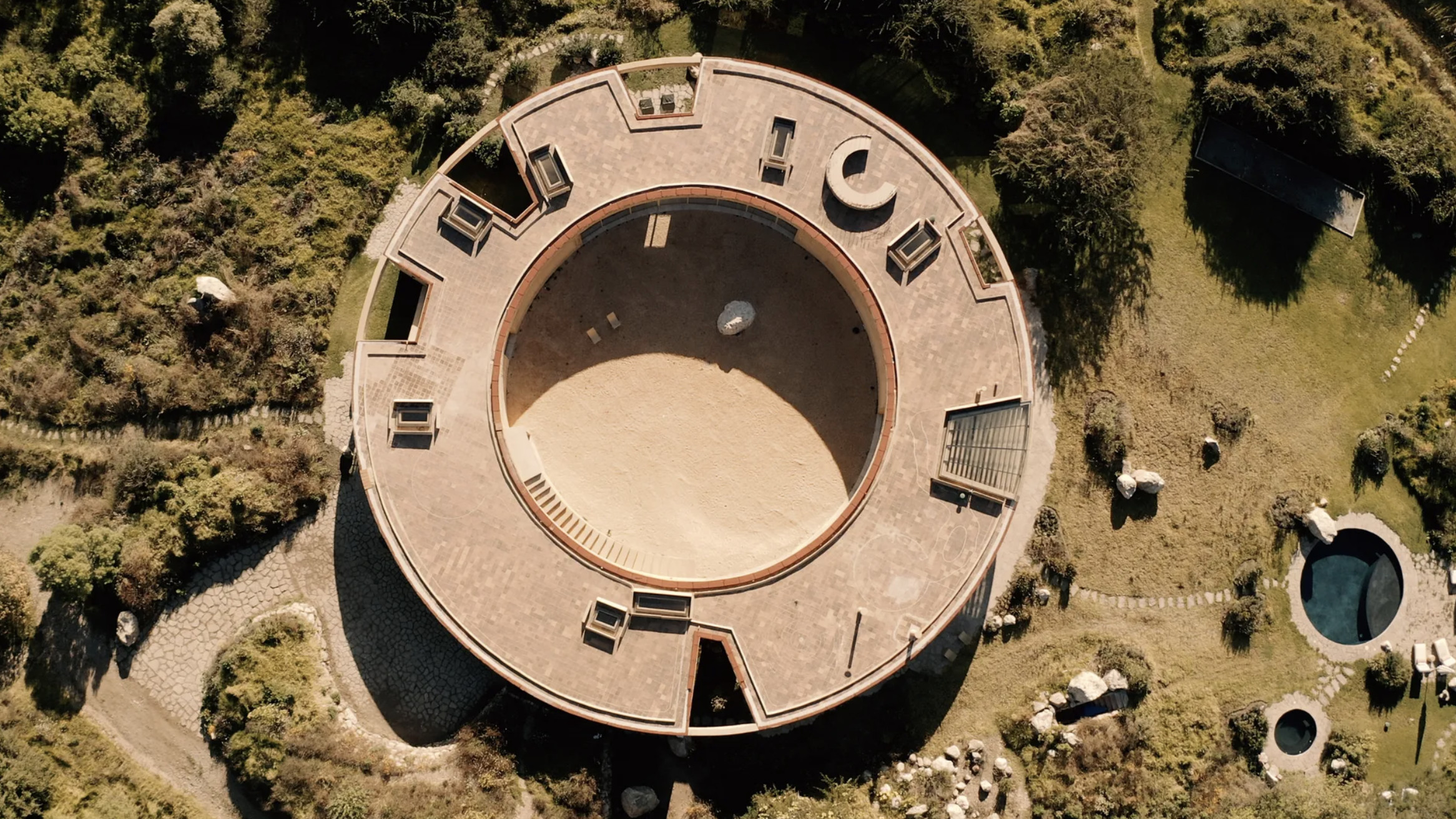 Tour the wonderful homes of ‘Casa Mexicana’, an ode to residential architecture in Mexico
Tour the wonderful homes of ‘Casa Mexicana’, an ode to residential architecture in Mexico‘Casa Mexicana’ is a new book celebrating the country’s residential architecture, highlighting its influence across the world
By Ellie Stathaki
-
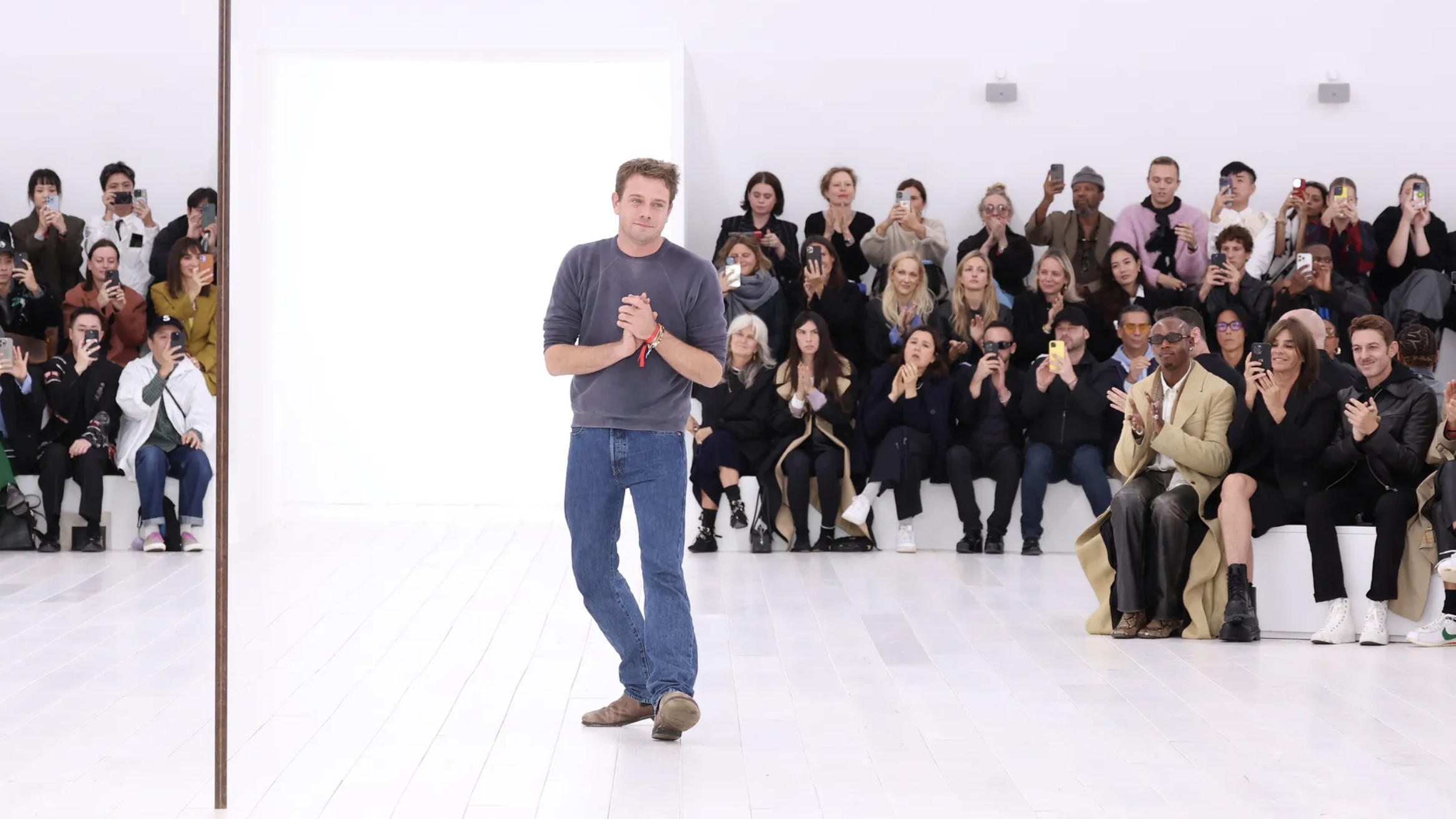 Jonathan Anderson is heading to Dior Men
Jonathan Anderson is heading to Dior MenAfter months of speculation, it has been confirmed this morning that Jonathan Anderson, who left Loewe earlier this year, is the successor to Kim Jones at Dior Men
By Jack Moss
-
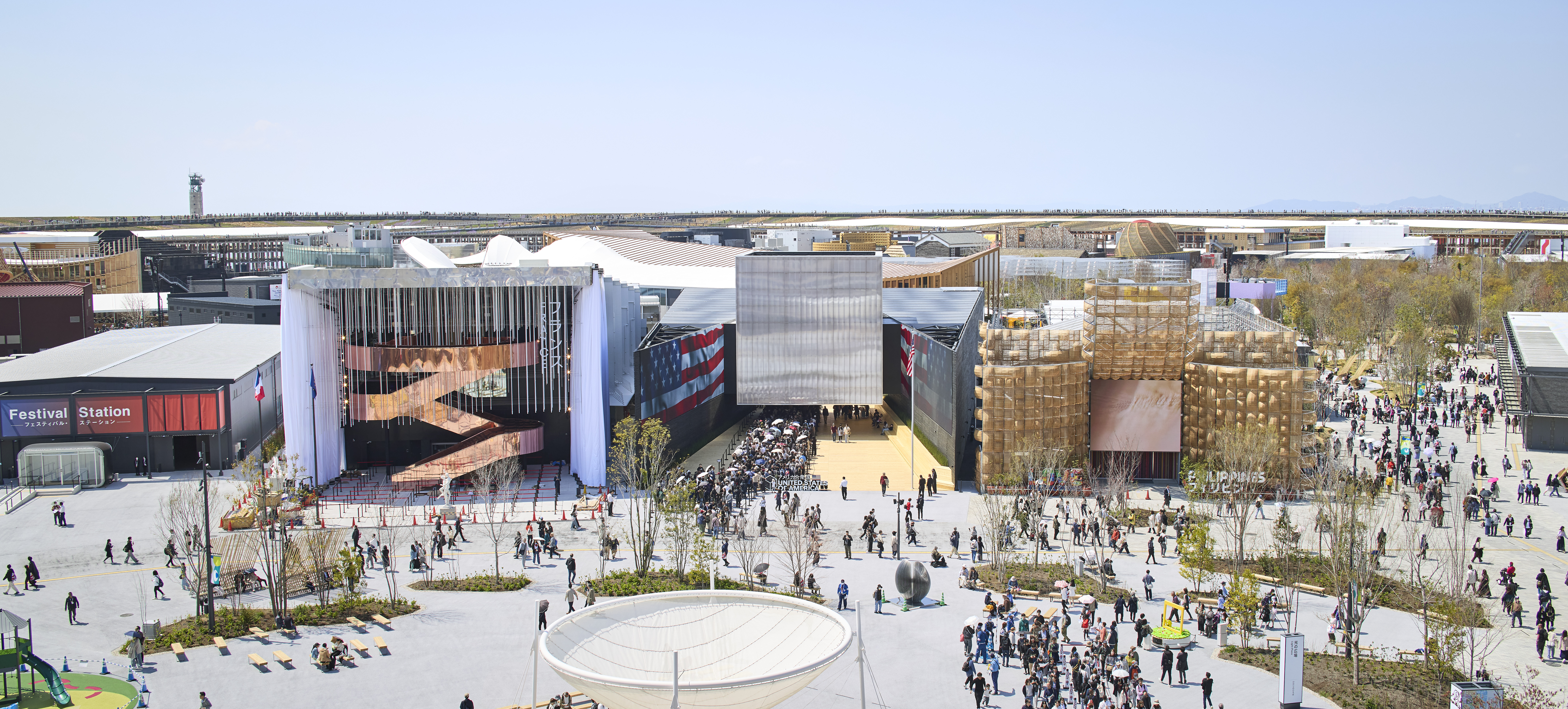 Giant rings! Timber futurism! It’s the Osaka Expo 2025
Giant rings! Timber futurism! It’s the Osaka Expo 2025The Osaka Expo 2025 opens its microcosm of experimental architecture, futuristic innovations and optimistic spirit; welcome to our pick of the global event’s design trends and highlights
By Danielle Demetriou
-
 2025 Expo Osaka: Ireland is having a moment in Japan
2025 Expo Osaka: Ireland is having a moment in JapanAt 2025 Expo Osaka, a new sculpture for the Irish pavilion brings together two nations for a harmonious dialogue between place and time, material and form
By Danielle Demetriou
-
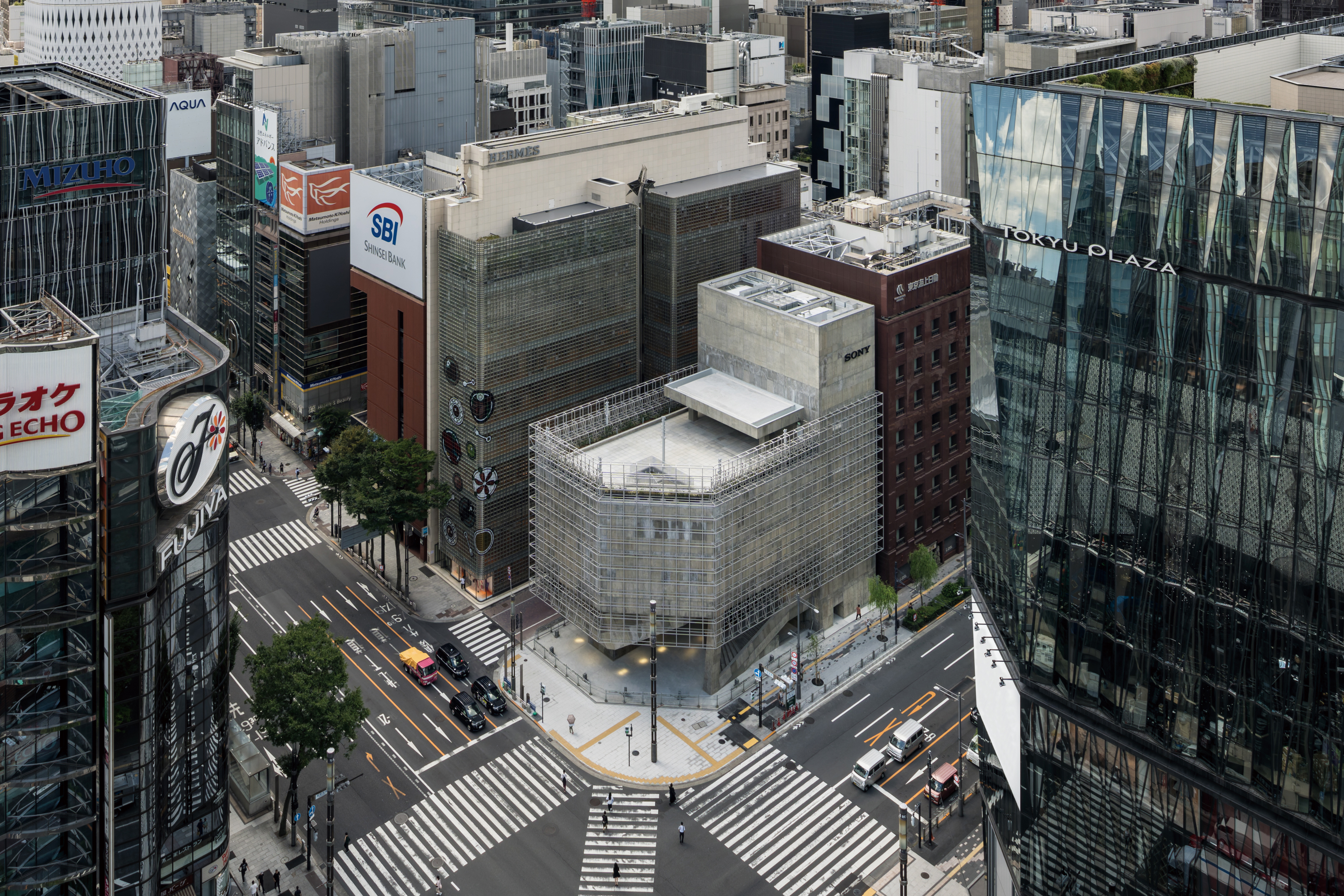 Tour the brutalist Ginza Sony Park, Tokyo's newest urban hub
Tour the brutalist Ginza Sony Park, Tokyo's newest urban hubGinza Sony Park opens in all its brutalist glory, the tech giant’s new building that is designed to embrace the public, offering exhibitions and freely accessible space
By Jens H Jensen
-
 A first look at Expo 2025 Osaka's experimental architecture
A first look at Expo 2025 Osaka's experimental architectureExpo 2025 Osaka prepares to throw open its doors in April; we preview the world festival, its developments and highlights
By Danielle Demetriou
-
 Ten contemporary homes that are pushing the boundaries of architecture
Ten contemporary homes that are pushing the boundaries of architectureA new book detailing 59 visually intriguing and technologically impressive contemporary houses shines a light on how architecture is evolving
By Anna Solomon
-
 And the RIBA Royal Gold Medal 2025 goes to... SANAA!
And the RIBA Royal Gold Medal 2025 goes to... SANAA!The RIBA Royal Gold Medal 2025 winner is announced – Japanese studio SANAA scoops the prestigious architecture industry accolade
By Ellie Stathaki
-
 Architect Sou Fujimoto explains how the ‘idea of the forest’ is central to everything
Architect Sou Fujimoto explains how the ‘idea of the forest’ is central to everythingSou Fujimoto has been masterminding the upcoming Expo 2025 Osaka for the past five years, as the site’s design producer. To mark the 2025 Wallpaper* Design Awards, the Japanese architect talks to us about 2024, the year ahead, and materiality, nature, diversity and technological advances
By Sou Fujimoto
-
 Tadao Ando: the self-taught contemporary architecture master who 'converts feelings into physical form’
Tadao Ando: the self-taught contemporary architecture master who 'converts feelings into physical form’Tadao Ando is a self-taught architect who rose to become one of contemporary architecture's biggest stars. Here, we explore the Japanese master's origins, journey and finest works
By Edwin Heathcote